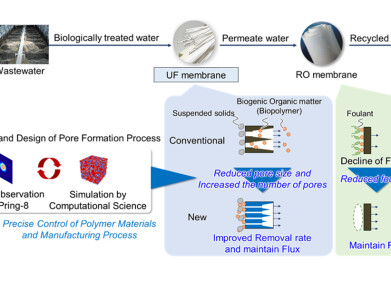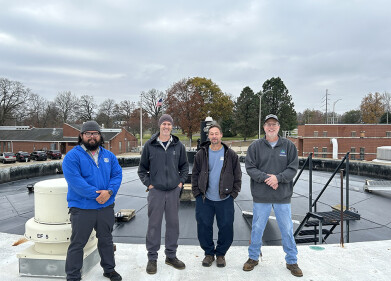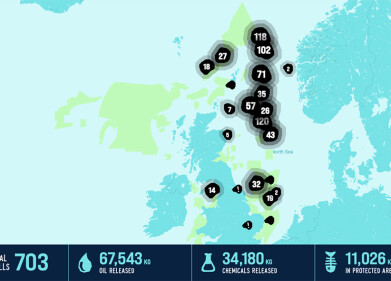Water/Wastewater
Is It Possible to Monitor Ocean Plastic Pollution?
Apr 04 2021
Every year, an estimated eight million metric tonnes of plastic pollution enter our seas and oceans. That’s on top of the 150 million tonnes that are already thought to be circulating among marine waters, creating a huge problem for the fish and other animals which inhabit underwater ecosystems.
Until now, monitoring that pollution relied upon direct observations of the oceans, using images collected by satellites, drones and other means. However, the sheer scale and size of the problem means that manually monitoring it is no longer efficient. For that reason, a team of scientists from the University of Barcelona in Spain has come up with a new algorithm that can analyse the level of plastic pollution in marine environments with an 80% degree of accuracy.
Plastic problems
The negative impacts of plastic pollution upon marine habitats and the animals which reside within them are well-documented. Not only can plastic pollution damage coral reefs and entangle marine species, but over time they can break down into tiny particles known as microplastics, which are potentially even more dangerous.
That’s because they can be mistaken for food by fish and other animals and ingested, harming their internal organs and filling their stomachs with nutrition-free matter. What’s more, as smaller species are eaten by larger ones, the plastic accumulates in the bodies of the marine animals, infiltrating higher and higher rungs of the food chain – until finally they arrive on our own dinner tables. The long-term repercussions on the human body of eating plastic particles are not yet fully known.
An outdated approach
Of course, the first step to overcoming any issue is understanding it, which is why adequate monitoring of oceanic plastic pollution is crucial to informing how best the situation can be remedied. Until now, monitoring techniques had relied on painstakingly combing through thousands of aerial images to ascertain how much floating marine macro litter (FMML) is present.
However, that process has simply become too cumbersome and time-consuming for humans to handle, due to the quantity of images being produced and the density of pollution present in them. Therefore, the University of Barcelona team have developed an algorithmic model which is capable of analysing an image and detecting the concentration of FMML in it to within an 80% degree of accuracy.
MARLIT to the rescue
Nicknamed MARLIT, the tool is an open-source algorithm that has been trained and then tested to detect the presence of plastic particles using advanced techniques of artificial intelligence and machine learning. In this way, the scientific community is relieved of the onerous task of manually surveying each image, instead allowing a computer to do all the legwork and freeing humans up for more productive and challenging tasks.
While the technology is still in its infancy and requires further refinement to improve upon the 80% threshold, it’s an encouraging step forward in the fight against plastic pollution. Indeed, it’s an improvement upon an already existing model of forensic science and artificial intelligence that was first proposed back in 2018 to develop our ability to monitor oceanic plastic pollution – thus bringing us one step closer to an overall solution.
Events
Apr 08 2025 Targi Kielce, Poland
Apr 08 2025 Bahrain
Apr 10 2025 Beijing, China
Apr 10 2025 Beijing, China
Apr 15 2025 Moscow, Russia
.jpg)













